The debate over peeing in the shower continues, with many advocating for the practice due to its water-saving benefits. However, Dr. Alicia Jeffrey-Thomas, a pelvic health specialist, warns that for those assigned female at birth, this habit could have unintended health consequences.
The Water Conservation Argument
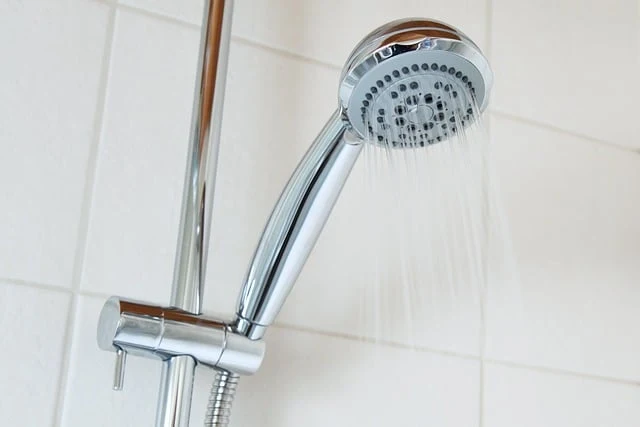
One of the strongest arguments for urinating in the shower is its potential to save water. By eliminating the need for a separate toilet flush, a person could save approximately 2,190 liters (579 gallons) of water per year. If the entire U.S. population adopted this practice, it could lead to an annual water savings of 699 billion liters (185 billion gallons). This significant reduction in water consumption highlights the environmental advantages of shower urination.
Potential Health Risks: The Pelvic Floor Connection
Despite the environmental benefits, the potential health consequences of this habit must be considered. Dr. Jeffrey-Thomas explains in a TikTok video that regularly peeing in the shower may lead to pelvic floor and bladder control issues.
The Pavlovian Response
Dr. Jeffrey-Thomas likens this habit to Pavlov’s classical conditioning experiment, where dogs learned to associate the sound of a bell with food. Similarly, repeatedly urinating in the shower can train the brain to link the sound of running water with the urge to pee. This association may result in involuntary urination triggered by running water sounds, such as a faucet, toilet flush, or even rain.
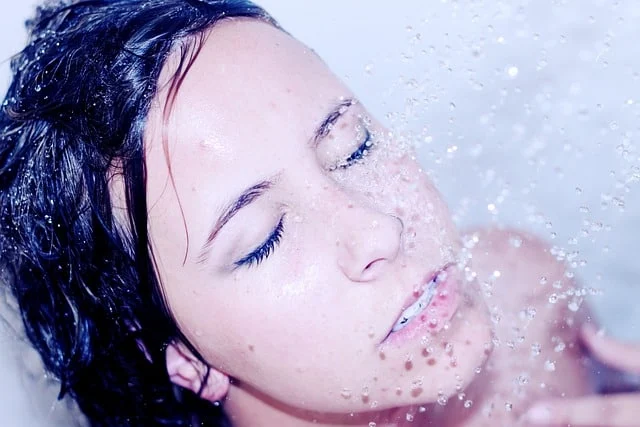
Pelvic Floor Dysfunction Risks
For individuals with existing pelvic floor dysfunction, this learned association can exacerbate bladder control problems. Dr. Jeffrey-Thomas explains that urinating while standing in the shower does not allow the pelvic floor muscles to fully relax, potentially leading to incomplete bladder emptying. Over time, this can contribute to urinary retention and increase the risk of urinary tract infections (UTIs).
Some argue that squatting while urinating in the shower might alleviate pelvic floor strain. Dr. Jeffrey-Thomas acknowledges that a full squat position allows for better pelvic floor relaxation, but she still advises against making shower urination a habit. If one must urinate in the shower, a proper squatting position is preferable to standing.
Why Doesn’t Toilet Flushing Trigger the Same Response?
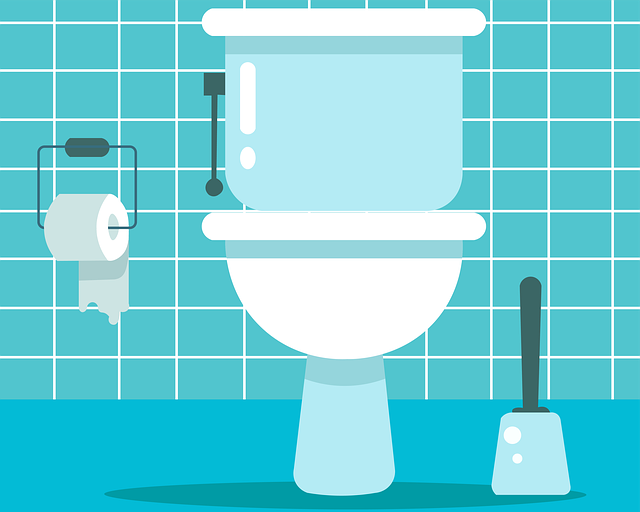
A common question is why flushing the toilet doesn’t condition the brain in the same way. Dr. Jeffrey-Thomas clarifies that by the time a person flushes the toilet, they have already urinated, so no association is formed. However, individuals who struggle to resist the urge to urinate when exposed to running water may already have underlying bladder control issues.
Understanding Pelvic Floor Dysfunction

Pelvic floor dysfunction is a common condition, particularly among women. The pelvic floor is a group of muscles that support the bladder, uterus, rectum, and other organs. Dysfunction occurs when these muscles become too weak or too tight, leading to symptoms such as:
- Urinary and bowel incontinence
- Lower back pain
- Pain during intercourse
- Increased urgency or frequency of urination
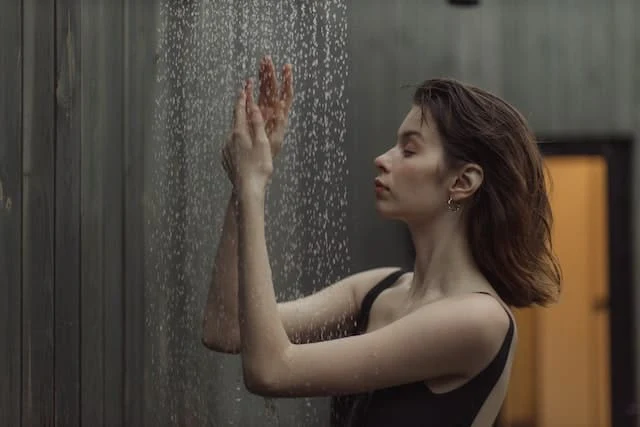
Factors such as childbirth, surgery, aging, obesity, and high-impact activities can contribute to pelvic floor dysfunction. Given that urinating in the shower might worsen symptoms, individuals should be aware of these risks before adopting the habit.
The Biological Factor: Why Female Anatomy Matters
Dr. Jeffrey-Thomas emphasizes that those with female anatomy are not designed to urinate while standing. Unlike male anatomy, where the positioning allows for better bladder emptying while standing, females may struggle to fully relax the pelvic floor in this position. This can lead to incomplete bladder emptying, increasing the risk of UTIs and other urinary complications.
Pros and Cons of Peeing in the Shower

Pros:
- Water conservation: Reduces toilet water usage significantly.
- Convenience: Saves time, particularly during a rushed morning routine.
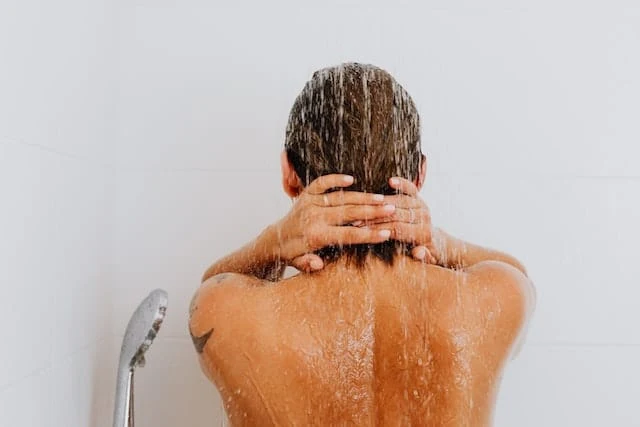
Cons:
- Pelvic floor health risks: May contribute to bladder control issues and pelvic dysfunction.
- Conditioned response: Can create an involuntary urge to urinate when exposed to running water.
- Sanitation concerns: While urine is mostly sterile, it can still contain bacteria that may pose hygiene risks.
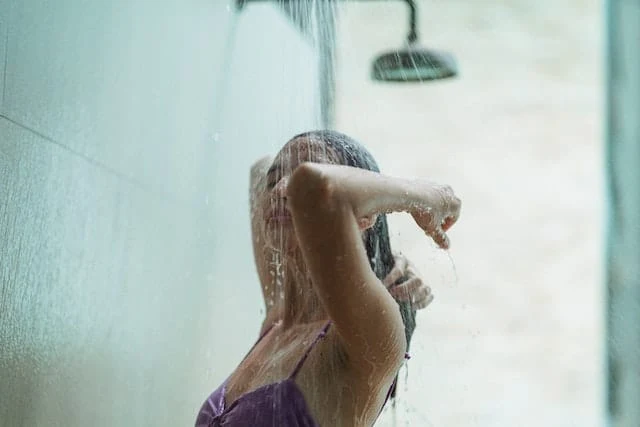
The Bottom Line
While peeing in the shower may seem like an eco-friendly and convenient habit, it is important to weigh the potential health risks. Dr. Alicia Jeffrey-Thomas’s insights serve as a reminder to consider the long-term effects of our daily routines. Striving for sustainability should not come at the cost of personal health. Ultimately, making an informed decision based on both environmental and health factors is key to maintaining overall well-being.
Single Mom of Four Buys Used Car, Owner Tells Her to Look In Trunk When She Gets Home — Story of the Day

A single mother of four young children decided to buy a used car to get to work. The car’s old owner asked her to open the trunk when she got home. What she finds in the trunk would be life-changing.Jennifer was a single mother of four young kids after her husband Adam left when he found out she was pregnant with their fourth child. “Another child to feed? No way! I’ve had enough!” he said one day, leaving their trailer and filing for divorce. Jennifer was devastated. She and Adam did not plan the pregnancy, but she thought she would have his support through such a challenging time, especially since they were already facing financial difficulties at the time.After their separation, Adam stopped giving her money for their children.He claimed he had no job and that no one would take him in because he did not graduate college. Shortly after giving birth, Jennifer had no choice but to look for a job, as she was running short on cash for food, diapers, and milk. Jennifer would walk through strips of restaurants and shops, only to be rejected by owners because she had four small children.”It’s difficult to hire mothers with young children because something always comes up. It’s either your child is sick, or you have no one to leave them with, so you have to miss work. I’m sorry, it’s too much for us to handle,” one employer outright told her. As no one in their neighborhood would take her in for a job, Jennifer started searching in a nearby city. With the bit of money she had left,she took a cab ride and asked her neighbors to look after her children for the afternoon.When she got there, she saw an opening for a housekeeping job at a local hotel. She walked in, applied, and was hired immediately. “We badly need staff around here, especially with the summer season. We will be fully booked in a couple of weeks,” the HR manager told her.Desperate for a job, Jennifer accepted it even if it meant traveling to a different city every day. She thanked the HR manager and made her way back home, where she told her kids she had finally landed a job. After spending almost $30 on cab fare, Jennifer realized she couldn’t afford to commute to work every day. It would be better for her to take her own car, but she had no money for one. She realized her best hope was to purchase a second-hand car.She found one but she wondered whether the owner would agree to sell it for a lower price. “By any chance, would you be able to give me this car for $5000? You see, I’m a single mom of four,and it’s been difficult for me to earn money. I was hoping to get a car to take a job in a nearby city,” she admitted.When the owner found out that she was raising four young children on her own, he agreed to sell the car for $5000. “If you can buy the car by tomorrow, I can give this to you for $5000,” he told her. Jennifer couldn’t be more grateful to the owner for agreeing to sell at a lower price. She took her chances and applied for a loan at the bank so she could get the car the following day. Unfortunately, because of her bad credit, the loan was rejected immediately.As she was running out of options, Jennifer thought deeply about what to do next. She could not move to a new city because her eldest child, Ethan, had just started school near the trailer park they lived in. Rent in the nearby city was also a lot more expensive, and she wouldn’t be able to take the trailer with her. She really needed a car to take her to and from work and fetch her children from school and the daycare.Then she remembered the family heirloom her late mother had left her – a gold chain necklace that had been in her family for generations. She teared up at the thought of having to sell it so she could buy a car, but she desperately needed it to provide for her children in the long run.Jennifer took the gold chain necklace from her trinket box and walked toward a nearby pawnshop. “I’m sorry, mom. I really need to do this right now,” she said aloud. When she got to the pawnshop, the necklace was valued at $5500. Jennifer was delighted. The amount was enough to buy the car and she would have some left for their daily needs. The following day, she went back to the used car dealership and handed the owner an envelope filled with $5000. “Thank you for agreeing to sell this to me, sir. You have no idea how much this will help my children and I,” she said and handed the man the envelope.The owner, who introduced himself as Jeff, smiled. “Congratulations on your car. This is an excellent purchase,” he told her. While Jennifer signed the paperwork for the purchase, Jeff discreetly placed something in the trunk of the car, and ss Jennifer prepared to drive home, he called out after her. “By the way, check the car’s trunk when you get home. I left something for your children inside,” he said, waving at Jennifer before she drove away. Since buying the car, Jennifer became busy commuting to work and taking her children to school and daycare that she completely forgot about checking the trunk, until she found a note in the car’s glove compartment.“I hope you and your children liked the gift I left inside the trunk. May it be of great help to you.” Surprised, she decided to open the trunk to search for the gift.At first, Jennifer was confused when she saw nothing but a white envelope on one side of the trunk. Then she realized it was the same white envelope she used to put her payment for the car. She opened it and saw her $5000 untouched. Jennifer couldn’t help but cry at that moment, surprised at the man’s kind gesture. She drove straight to the used car dealership after work, where she thanked Jeff for his generosity. “The world throws challenges at you, and it’s up to you to either rise from these challenges or succumb to them. I am proud of you for staying strong for your children, and I thought you could use the money more than I. Just don’t forget to pay it forward,” Jeff told her



Leave a Reply